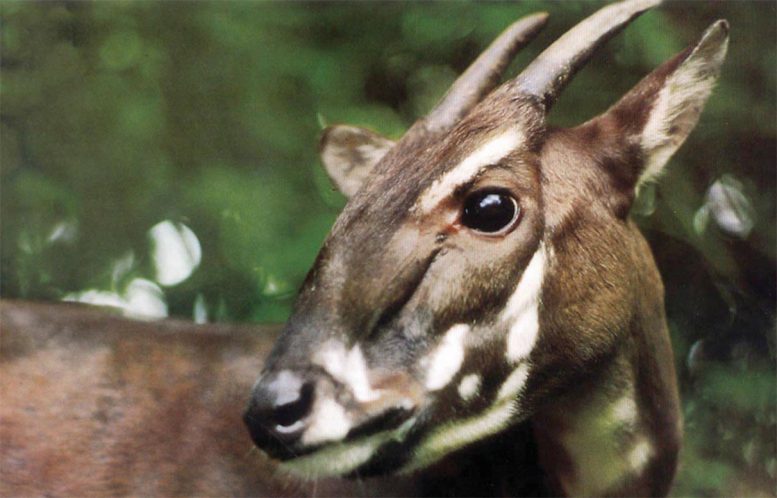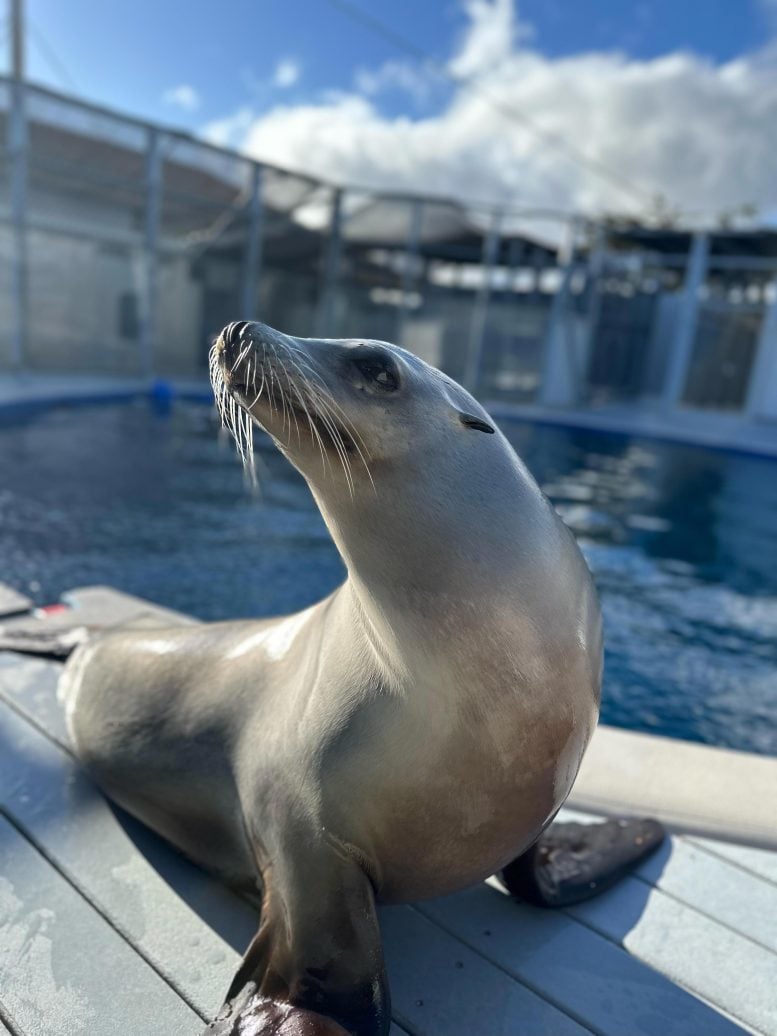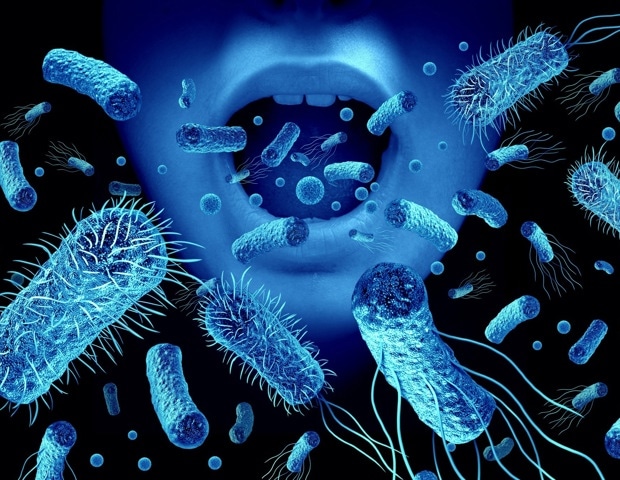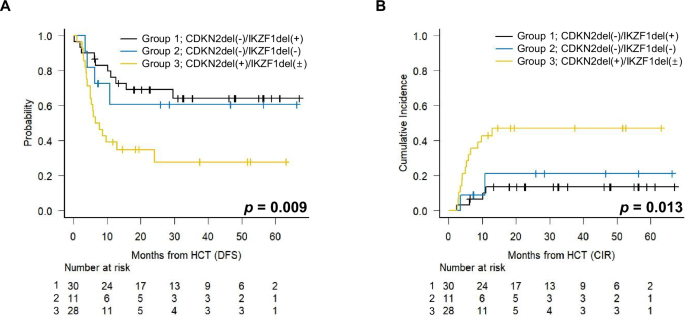Advancements in tyrosine kinase inhibitors [1], novel agents such as blinatumomab [2], and allogeneic hematopoietic cell transplantation (allo-HCT) have improved the survival of patients with Philadelphia chromosome (Ph)-positive acute…
Category: 5. Biology
-

The Search for the Mysterious Asian Unicorn: Scientists Uncover New Clues
Genetic research on the rare saola shows two populations with valuable diversity. Combining them in a breeding program could help the species survive, but researchers must first find live individuals. Is it extinct, or could it still be hiding…
Continue Reading
-

This Dancing Sea Lion Can Keep a Beat Better Than Humans
Ronan, a sea lion, is the only known non-human mammal capable of precise beat-keeping. This unique ability challenges our understanding of biomusicality across species. Animal research on biomusicality explores whether different species can…
Continue Reading
-

How marine plankton adapts to a changing world
Plankton may be tiny, but they play an important role in the ocean. As the foundation of marine ecosystems, they support ocean food webs and help regulate Earth’s climate by storing carbon. While lab studies have shown plankton can adjust their…
Continue Reading
-

Fungal antiviral responses controlled by RNA editing and transcription factor dynamics
The expression of symptoms of viral infections is a byproduct of complex virus-host molecular pathways. These remain largely unknown, especially in the case of fungus-virus pathogen systems. Fungal antiviral responses involve three…
Continue Reading
-

New cryogenic mass spectrometry approach reveals inner structure of lipid nanoparticles
Scientists have developed a method for analyzing the structure of lipid nanoparticles that could be used to improve vaccine and drug delivery, targeting a wide range of health issues.
A team led by scientists at the University of…
Continue Reading
-

Mystery of ‘very odd’ elasmosaur finally solved: fiercely predatory marine reptile is new species
A group of fossils of elasmosaurs — some of the most famous in North America — have just been formally identified as belonging to a “very odd” new genus of the sea monster, unlike any previously known.
Long-necked and measuring in at 12 metres,…
Continue Reading
-

Earliest use of psychoactive and medicinal plant ‘harmal’ identified in Iron Age Arabia
A new study uses metabolic profiling to uncover ancient knowledge systems behind therapeutic and psychoactive plant use in ancient Arabia.
New research published in Communications Biology has uncovered the earliest known use of the medicinal and…
Continue Reading
-

Modulation of antiviral response in fungi via RNA editing
The expression of symptoms of viral infections is a byproduct of complex virus-host molecular pathways. These remain largely unknown, especially in the case of fungus-virus pathogen systems. Fungal antiviral responses involve three known…
Continue Reading
-

El Niño and La Niña climate swings threaten mangroves worldwide
A new international study led by researchers at Tulane University shows that the El Niño and La Niña climate patterns affect nearly half of the world’s mangrove forests, underscoring the vulnerability of these vital coastal ecosystems to…
Continue Reading
